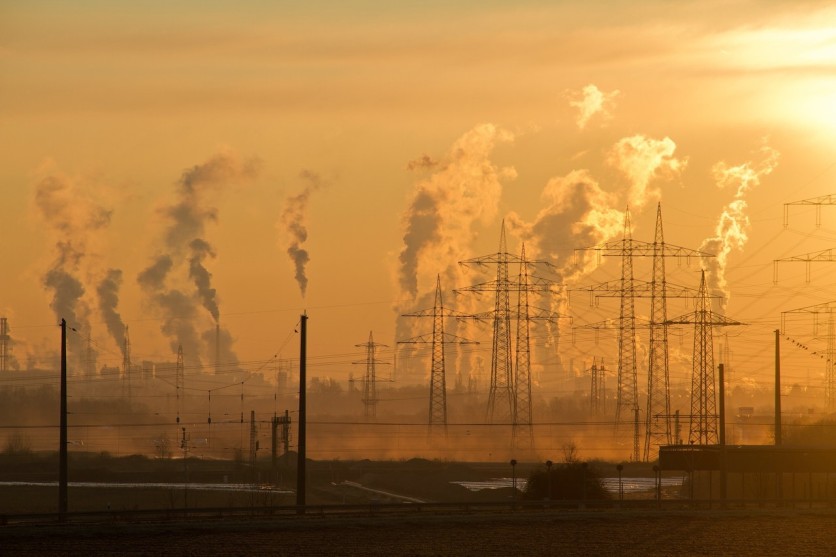The United States witnessed a 2% reduction in greenhouse gas (GHG) emissions in 2023, a positive stride for environment advocates. However, the decrease, outlined in a recent report by the Rhodium Group, falls considerably short of President Joe Biden's ambitious climate pledge (via Phys.org).
The report, released by the independent research firm, indicates a complex relationship between economic growth and environmental impact.
While the US economy expanded by 2.4%, emissions saw a decline of 1.9%, marking the first instance of economic growth paired with reduced emissions since the pre-COVID era.
Nevertheless, analysts at Rhodium caution that this modest dip needs to be revised to align with Biden's goal of a 50% reduction in emissions by 2030 compared to 2005 levels.

Sector-Specific Emission Trends
Phys.org tells us that the power and building sectors saw lower emissions due to a mild winter and reduced coal power generation.
This trend, combined with a 1.6% increase in transportation emissions caused by increased air travel and gasoline consumption, paints a diverse picture of the country's environmental landscape.
The industrial sector, buoyed by a 1% increase due to increased domestic oil and gas production, complicates the emissions trajectory.
Read Also : Climate Crisis Threatens Winter Sports: Study Reveals Rising Temperature's Impact on Ski Resorts
Biden's Climate Pledge
President Biden, who secured passage of the historic Inflation Reduction Act (IRA) and the Infrastructure Investment and Jobs Act (IIJA) in 2022 and 2021, aimed to catalyze a shift towards cleaner energy.
However, the tangible impact of these legislative endeavors on emissions is yet to be fully realized. The Rhodium report suggests that there needs to be more time to ascertain how much the IRA and IIJA will contribute to achieving the projected emission reductions.
Challenges and Alarming Signs
While the overall decline in emissions is a positive step, the report also points out ominous signs. Natural gas generation outpaced renewables in 2023, and installations of wind turbines lagged behind the records set in 2022 and 2021.
Challenges such as rising construction costs and supply chain constraints have cast shadows on the once-booming wind power sector, with two major offshore wind projects being canceled in 2023, jeopardizing Biden's goal to power 10 million homes through ocean-based turbines by the decade's end.
Industrial Emissions
The surge in US oil production, which will reach an all-time high in 2023, contradicts Biden's commitment to reducing carbon emissions. Methane leaks from oil and gas operations have become a major contributor to industrial sector emissions.
Addressing these emissions is critical, given that methane, the main component of natural gas, is far more potent than carbon dioxide in the short term, accounting for roughly one-third of global greenhouse gas emissions.
The Rhodium report emphasizes the importance of taking meaningful action to decarbonize various industries, such as iron and steel, cement manufacturing, and chemical production.
Stay posted here at Tech Times.
Related Article : US Atlantic Coast Subsidence Study Reveals Coastal Vulnerabilities, Sinking up to 5 Millimeters Annually

ⓒ 2026 TECHTIMES.com All rights reserved. Do not reproduce without permission.




